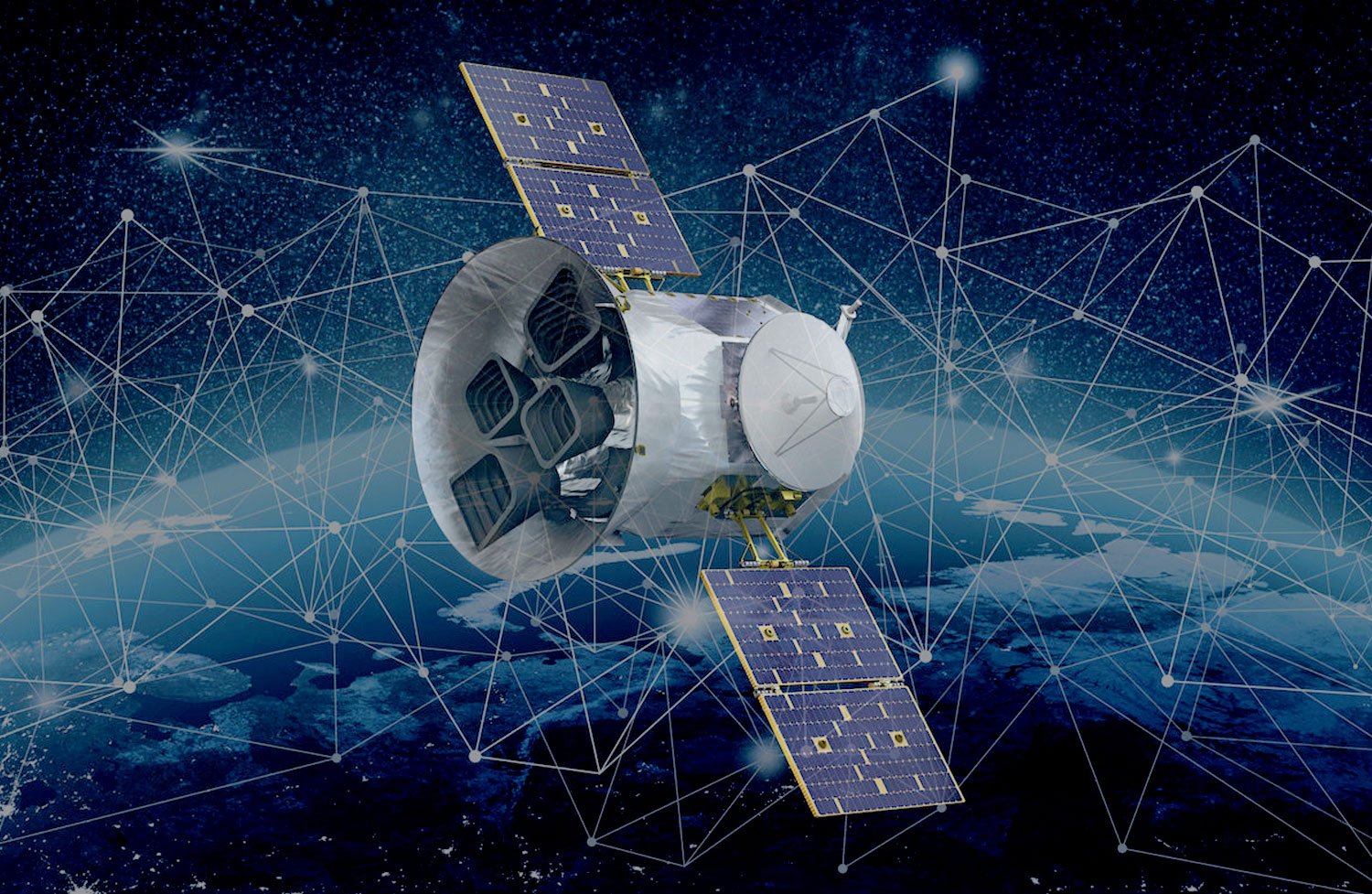The U.S. military faces a serious challenge. While China and other threats to American interests are becoming more acute, the defense budget and the size of the overall military are relatively static. Plans to field greater numbers of new, more capable platforms, like next-generation ships and aircraft, will take years to materialize. We need a shortcut. Better software that is commercially available might be the answer.
A software revolution can help squeeze more capability out of our existing military force in a timeframe that can actually help deter war with China and other adversaries.
The Pentagon’s Problems…
Acquisition problems have been a long-term bugaboo of the Pentagon, leaving it with fewer planes, ships, and other weapons platforms than commanders and Congress say are necessary for today’s threats. For example, the Navy would like 321 to 372 manned ships for its current responsibilities. At present, it only has around 300. Air Force Secretary Frank Kendall looked back on the development of the F-35 fighter—over half a decade of development time and tens of billions of dollars—and characterized it as “acquisition malpractice,” promising to do better with a new bomber under development.
…Require Digital Solutions
Take space for example. Using better software to secure space networks, which soon will include tens of thousands of private satellites in addition to the government and commercial ones already in orbit, can be a way for the U.S. military to understand the battlefield and direct its forces. It can also be necessary to collaborate with less-sophisticated partners. This has also been demonstrated in Ukraine, where commercial satellite imagery has also been used by fighters in near real-time. Government-operated spy satellites may still be the gold standard, but private-sector options are not far behind.
The thousands of satellites that private operators like SpaceX’s Starlink and Amazon’s Kuiper are placing into orbit, combined with government-owned satellites, will be a major force multiplier if exploited and secured properly with specialized software. Specifically, older satellites and new satellites need to be upgraded and designed to employ end-to-end encryption, zero-trust software design, and decentralized encryption-key management.
Software can also account for the fact that hardware in space will be disabled through enemy action in wartime, because software is what makes networks adaptable. Software that secures information at the data level means we don’t have to worry about relying on government-only networks. When an enemy inevitably breaches a network or takes out network nodes it won’t matter as much if the military can jump between multiple networks and nodes, whether they are military or commercial satellites, billion-dollar ships and submarines, or cheap drones.
A software revolution can help squeeze more capability out of our existing military force in a time-frame that can actually help deter war with China and other adversaries—and leave us better prepared to defeat cyber aggression that has also become the norm of peacetime. But the Pentagon needs to move fast and make greater use of existing commercial technology to keep an edge.
David Pearah, an MIT-trained computer engineer, is CEO of SpiderOak, a space cybersecurity company.
Read Full Article | NATIONALINTEREST.ORG



